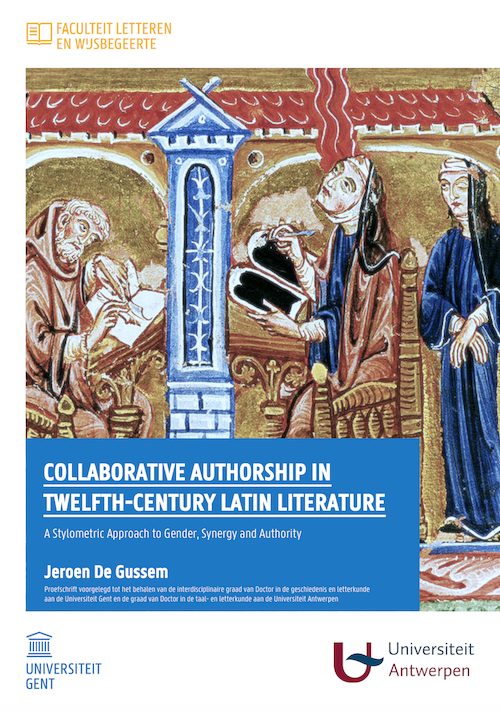Integrated Sequence Tagging for Medieval Latin Using Deep Representation Learning
In this paper we consider two sequence tagging tasks for medieval Latin: part-of-speech tagging and lemmatization. These are both basic, yet foundational preprocessing steps in applications such as text re-use detection. Nevertheless, they are generally complicated by the considerable orthographic variation which is typical of medieval Latin. In Digital Classics, these tasks are traditionally solved in a (i) cascaded and (ii) lexicon-dependent fashion. For example, a lexicon is used to generate all the potential lemma-tag pairs for a token, and next, a context-aware PoS-tagger is used to select the most appropriate tag-lemma pair. Apart from the problems with out-of-lexicon items, error percolation is a major downside of such approaches. In this paper we explore the possibility to elegantly solve these tasks using a single, integrated approach. For this, we make use of a layered neural network architecture from the field of deep representation learning.
PDF Abstract

